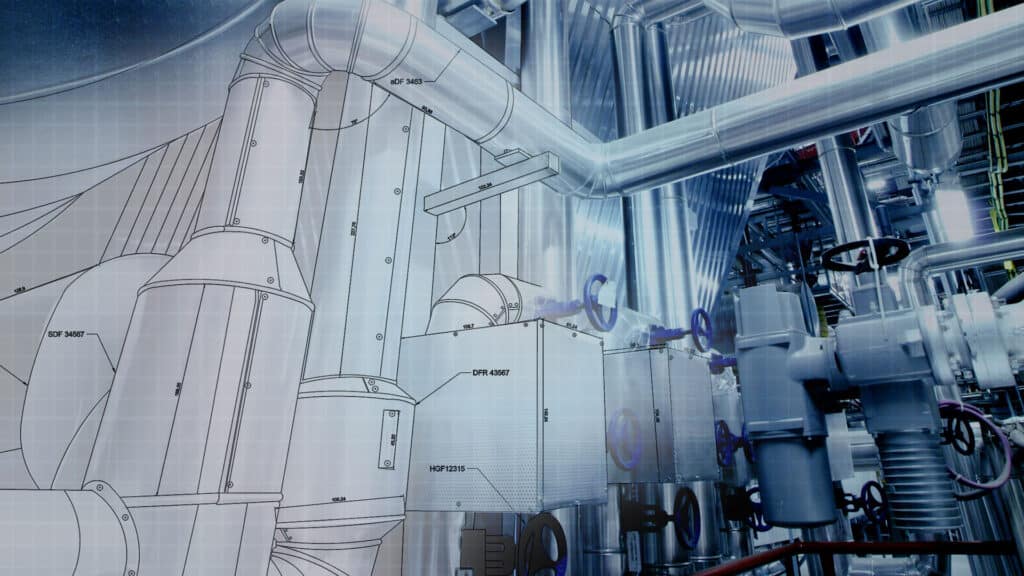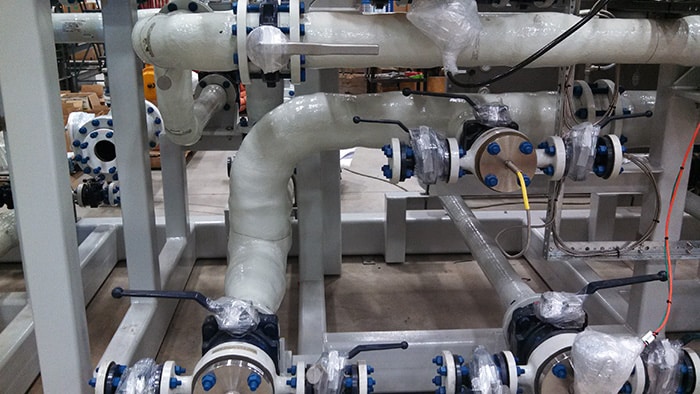Material Selection
What are the process conditions – chemical concentrations, normal operating temperature, and upset conditions? Are composites suitable for the application? Which is the best material for the application: dual laminate or FRP?
Component Design
This includes pipe, fittings, and joints. Which are the applicable codes and standards? Do the specifications include requirements beyond the codes and standards? Are there conflicts between the specifications, the codes and standards, or the best practices? Which codes and standards apply to composites?
Stress Analysis
When is a stress analysis required? What is unique about analyzing FRP piping?
Support Design
Who is supplying the supports? Have the supports been specifically designed and fitted for FRP piping? Are weight supports, guides, anchors, etc. properly utilized?
Installation
Who will be installing the pipe system? Do they have relevant FRP pipe installation experience? Do they have qualified bonders? Don’t trust your well-engineered, expertly crafted high performance pipe to anyone but experienced, knowledgeable technicians.
Material selection, component design, support design, system stress analysis, and installation – all critical to a successful composite FRP pipe system design.
In our next article, we begin our detailed look at these items by looking first at Material Selection.
Next in the series: Material Selection

